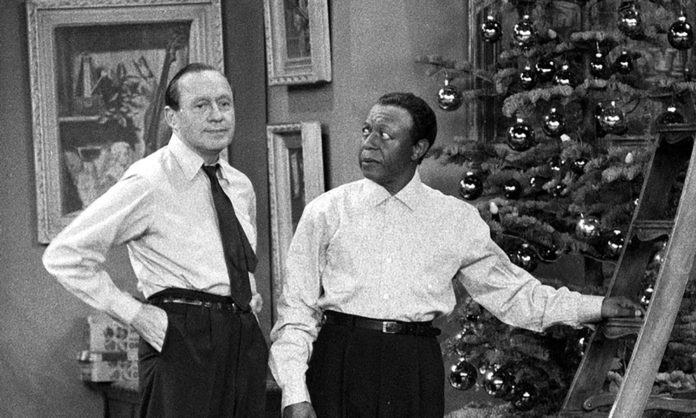Fiction writers can learn a lot from comedians, even if we don’t write comic novels. At heart, great comedians are great storytellers – they introduce a scenario, lead the audience through rising action, insert some misdirection, and then deliver the punchline, all in the space of a few sentences.
In a post on the Killzone blog, Debbie Burke says that stories follow a similar pattern, from introduction to climax. While your story may not be comedic, you can learn a lot about structure and timing by studying great comedians. This is especially important when working on your micro edits – scenes, paragraphs, and sentence by sentence.
“Think of a paragraph like a joke,” Burke says. “Although the content doesn’t have to be funny, the delivery is similar. It needs an introduction, building action and suspense, then a mini-climax that propels the reader into the next paragraph.” Multiple paragraphs become a scene, scenes become a chapter, and your chapters form your book. “If you start with solid sentences, you’re more likely to create good paragraphs, scenes, and chapters,” Burke writes.
Burke gives some a before and after example of a paragraph that buries the punchline – the climax – in the first sentence and then is rewritten to place it at the end. Because the reader is led through the scenario in a more logical order – with the punch at the end – the paragraph is stronger, clearer, and more satisfying. It ends with the bang, urging the reader forward.












